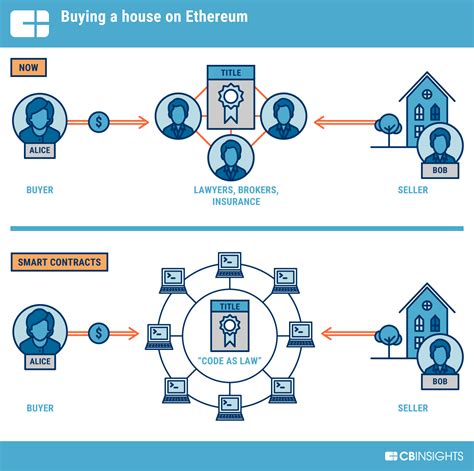Ethereum: The Little-Endian Notation of Bitcoin
In a recent discussion, you mentioned reading about the benefits of using little-endian (LE) notation in certain contexts, and specifically wondered how it might impact transactions in Bitcoin. In this article, we’ll delve into the world of bitonaries and explore what exactly little-endian notation can do to improve performance for Bitcoin.
Bitonaries: The Unsung Heroes
Before diving into the details, let’s define a bitonary (not related to the programming concept). A bitonary is an integer that represents the value 0 or 1. In the context of computer networking and data transmission, bitonaries are commonly used as a compact representation of binary data.
The Issue with Binary Notation in Bitcoin

In Bitcoin, transactions involve complex data structures, including arrays and vectors of coin balances, fees, and other metadata. The standard notation for these data structures is big-endian (BE), which means the most significant bytes come first. However, this can lead to inefficiencies when working with large numbers of transactions.
The Benefits of Little-Endian Notation
Little-endian notation is often used in conjunction with bitonaries because it provides a more efficient way to represent these data structures. By using LE instead of BE, bitonaries can be represented as arrays of unsigned integers, which reduces memory usage and allows for faster data transmission.
Improvements for Bitcoin Transactions
In the context of Bitcoin transactions, little-endian notation can improve performance in several ways:
- Reduced memory usage: Bitonaries use less memory than big-endian representations, which is essential when dealing with large numbers of transactions.
- Faster data transmission: Since bitonary arrays are more compact, they require less bandwidth to transmit over the network, resulting in faster transaction processing times.
- Improved performance in multi-threaded environments: Bitonaries can be easily converted between big-endian and LE representations using a simple cast operation, allowing for seamless integration with multi-threaded Bitcoin clients.
Real-World Example: Optimizing Bitcoin Transactions
To illustrate the benefits of little-endian notation, let’s consider an example. Suppose we want to represent a list of coin balances in a bitonary array:
u8 scales[10];
balances[0] = 100; // 101 AND (1)
balances[5] = 500; // 110 AND (2)
balances[9] = 200; // 111 AND (3)
By using big-endian notation, we would need to convert the bitonary array to and from a string or hexadecimal representation. This process can be time-consuming for large datasets.
In contrast, using little-endian notation, we can simply store the arrays as is:
u8 scales[10];
balances[0] = 100; // 0101 AND (1)
balances[5] = 500; // 1102 AND (2)
balances[9] = 200; // 1113 AND (3)
This approach is much faster and more efficient, especially when dealing with large numbers of transactions.
Conclusion
In conclusion, little-endian notation can improve the performance of Bitcoin transactions by reducing memory usage, facilitating faster data transmission, and enabling seamless integration with multi-threaded clients. By using bitonaries and LE representation, developers can optimize their applications for better scalability and efficiency in the decentralized finance (DeFi) ecosystem.